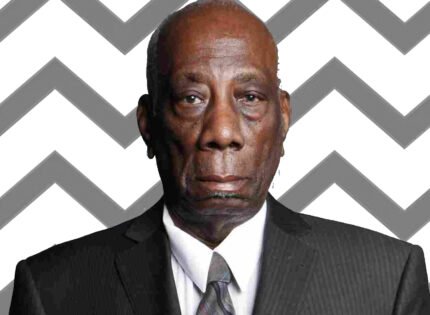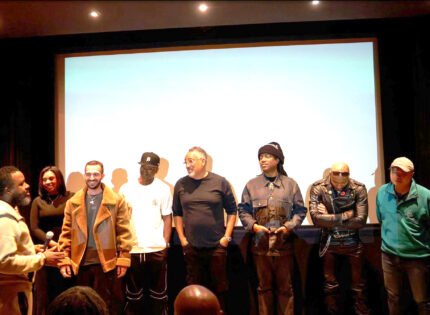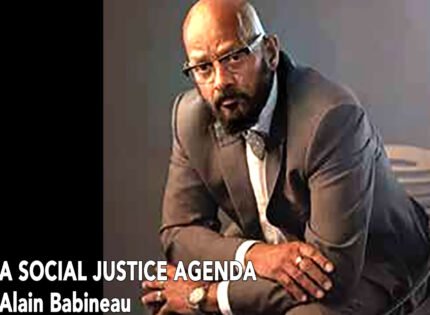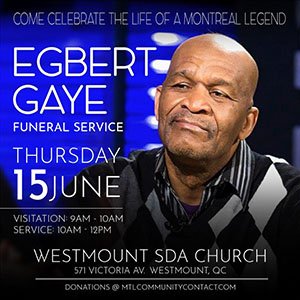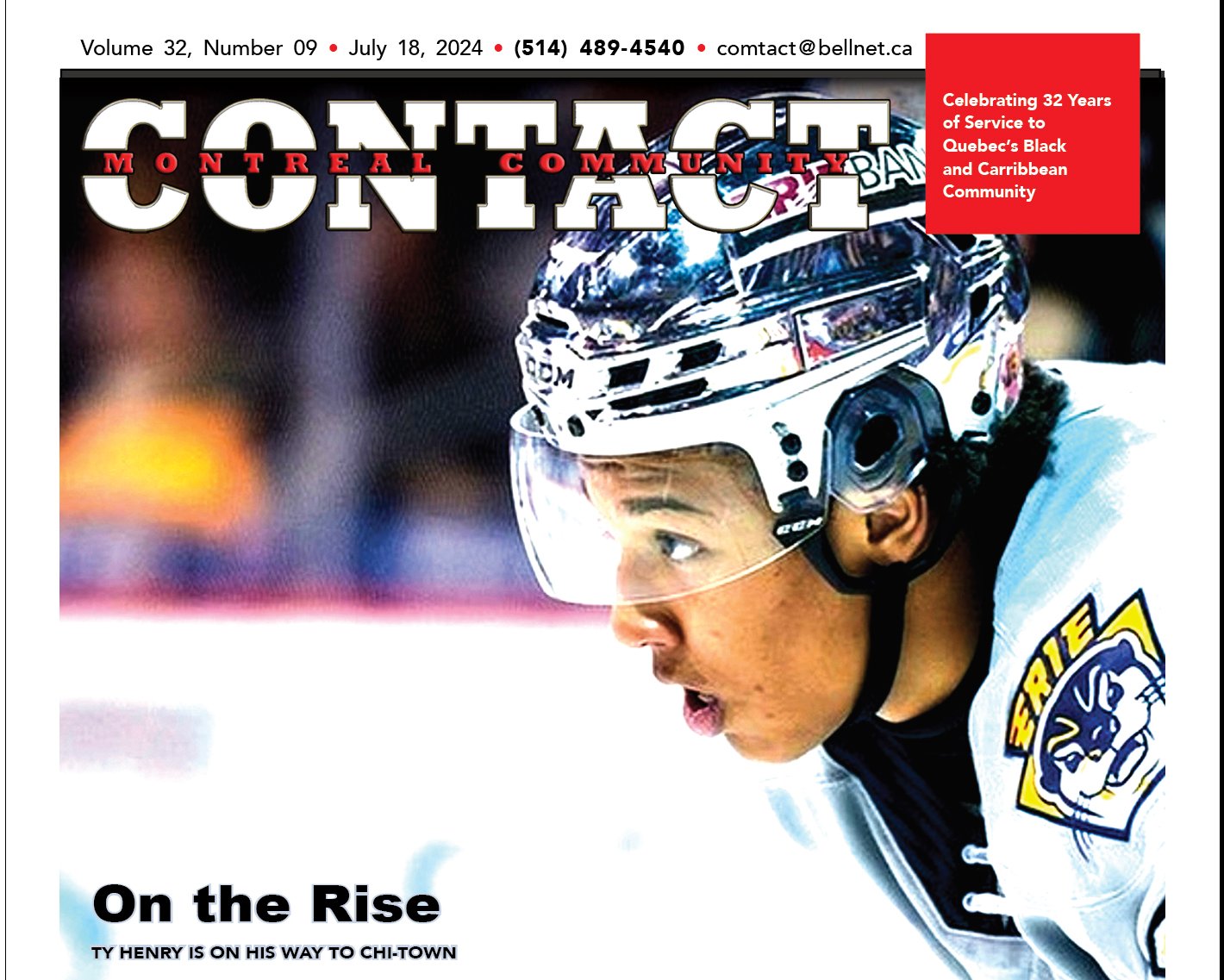Derrick Bell’s ‘Faces at the Bottom of the Well’ is a captivating collection of allegorical tales that intricately explore the complex dynamics of race and racism in our society. I am deeply moved by the book. Through poignant narratives like ‘The Rules of Racial Standing,’ Bell prompts readers to confront and question their perceptions of inequality and injustice. This thought-provoking work inspires profound reflection on the nuances of racial discourse within our communities. Bell eloquently outlines five historical rules that have shaped the acknowledgment of Black voices by the white majority in discussions about race, urging a critical examination of the power dynamics and privileges inherent in these interactions.”
IN HIS FIRST RULE, Bell sheds light on the systemic inequality faced by Black individuals within the legal system when addressing racial issues. Despite having the opportunity to present their cases to the authorities, they often encounter societal resistance, with their grievances being dismissed as mere “special pleading.”
For example, the Quebec Government’s decision to challenge the Yergeau ruling from October 2022, which declared random traffic stops illegal due to their disproportionate impact on Black drivers, alongside the current SPVM director’s refusal to halt pedestrian checks, serve as stark illustrations of a persistent issue. These instances underscore the ongoing perception within our community that the voices and concerns of Black individuals remain marginalized by those holding power.
BELL’S SECOND RULE sheds light on the pervasive belief that Black individuals are inherently biased in racial matters, while white individuals are often perceived as more impartial. This bias permeates the legal realm, where Black judges presiding over cases involving racial issues are frequently met with skepticism and pressure to recuse themselves in favor of white judges. This disparity in expectations regarding racial neutrality underscores a glaring double standard.
A striking illustration of this bias emerged in 2019 through the account of retired Justice Juanita Westmorland-Traoré, Quebec’s pioneering Black judge. At a conference, she recounted facing harsh criticism from a fellow judge regarding her groundbreaking ruling in the 2005 R v Campbell case, which addressed racial profiling within Quebec’s justice system. The implication that her decision was racially motivated highlights the deep-seated prejudices that Black judges often confront, casting doubt on the legal system’s professed dedication to impartiality and fairness.
THE THIRD RULE racial standing suggests that Black individuals frequently encounter a diminishment in their perceived credibility when they speak out on racial issues. Their contributions are often devalued, and their recommendations met with skepticism. In contrast, when Black individuals publicly criticize their peers for behaviors deemed displeasing to white audiences, they are sometimes granted an ‘enhanced standing’, regardless of their actual expertise on the matter. This pattern is particularly evident in Quebec, where the media tends to elevate certain Black voices in an effort to downplay the issues of racial profiling and systemic racism within the province. A notable example of this is Christopher Skeete, the minister responsible for addressing racism, who has personal experiences with racial profiling. Skeete was instrumental in conveying the government’s controversial decision to contest the Yergeau ruling, a move that was met with significant backlash from the Black community.
IN THE FOURTH PRINCIPLE, Bells discusses how the Black community and certain segments of the white community react when a Black individual takes a controversial stance. Bells notes that there is a strategic mobilization to enlist Black voices to publicly critique or denounce the controversial stance. Those who align with the counter-narrative often gain visibility and influence, while those who do not risk being labeled as endorsers of the controversial viewpoint, leading to potential repercussions.
This dynamic presents a complex challenge for organizations like the Red Coalition, which is committed to combating racial profiling and racism. The organization operates in an environment where opposing certain narratives can attract criticism from some media outlets or render the Coalition “radioactive” to other entities that fear political or economic retribution, especially in the form of withheld governmental funding. This reality underscores the intricate landscape within which advocacy groups such as the RC must navigate to advance their mission of promoting racial equality and justice.
IN HIS FIFTH AND FINAL RULE, Bell emphasizes the significance of comprehending the Rules of Racial Standing in order to fully comprehend the complexities of racism. He asserts that this understanding empowers Black individuals to anticipate the manifestations of racism, its objectives, and potential remedies. Nevertheless, Bell also acknowledges the harsh reality that, even with accurate foresight and awareness, these insights may not alter or halt the operation of the Rules of Racial Standing. This underscores the enduring nature of racism, my friends. Until we meet again.




